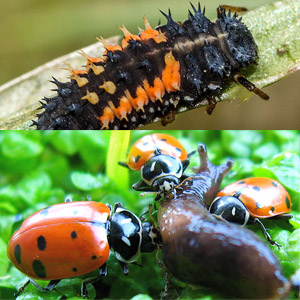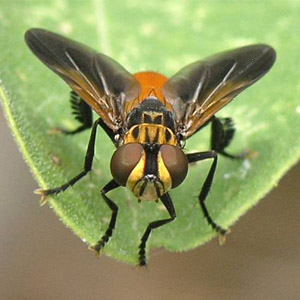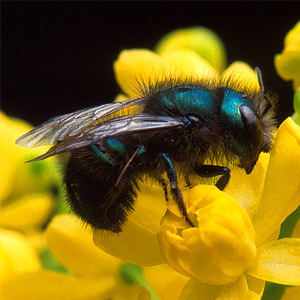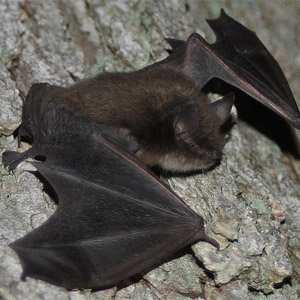Natural Enemies Quick List
1.800.858.7378npic@oregonstate.edu
We're open from 8:00AM to 12:00PM Pacific Time, Mon-Fri
A to Z
Natural Enemies Quick List
| Natural Enemy |
How They Help |
More Information |
|
|---|---|---|---|
The Predators |
Lady Beetles (aka Ladybugs) | Larvae eat soft-bodied pests, scales, spider mites, mealybugs, thrips, and whiteflies. | Adults have a similar diet, but also need pollen and nectar in their diet. |
| Predatory Beetles | Ground beetles feed on caterpillars, slugs, snails, and grasshopper eggs. Blister beetles feed on grasshopper eggs, soft-bodied insects, and grubs. Rove beetles can eat root maggot young, mites, and other small insects. |
Their preferred habitat can vary. Many ground beetles are attracted to low growing plants that provide some cover from their enemies. | |
| Predatory Mites | Predatory mites feed on pest mites, scales, thrips, and insect eggs. | ||
| Spiders | Spiders feed on a wide range of insects and mites. | Some types stalk and hunt insects, while others weave webs and wait for insects to become trapped. | |
The Parasitoids |
Parasitic Wasps | Adults lay their eggs in the body or eggs of pests like caterpillars, aphids, beetle larvae, and sawflies. As the larvae grow, they feed on and kill the pest. | Adults actually feed on nectar from flowering plants. |
| Tachinid Flies | Adults lay their eggs near, on, or inside of pests like caterpillars, grasshoppers, some beetles, and sawfly larvae. The larvae feed on and kill the pest. | ||
| Rove Beetles | A few types of rove beetles have larvae that seek out and eat the larvae of root maggots. | ||
The Pollinators |
Bees | Adults collect and carry pollen to and from flowering plants as they search for food to take back to their young. |
Bees need a steady source of pollen, nectar, and water throughout most of the year. |
| Syrphid Flies |
Adults eat only pollen and nectar. As they visit flowers in search of food, the help with pollination. |
Larvae will actually search for and eat soft-bodied insects. |
|
The Non-insect Natural Enemies |
Birds, Bats, Toads, and Turtles |
These animals can all feed on insects. Some of the pests they eat include snails, slugs, and grubs. |
|
| Soil Invertebrates |
These guys break down soil by feeding on decaying plant matter, fungi, and algae. |
Springtails, earthworms, and other invertebrates might look like insects, but they aren't. |
|
| Pathogens | Some types of fungi, bacteria, nematodes, and viruses can play a role in keeping pest numbers down. |
Last updated October 30, 2023
